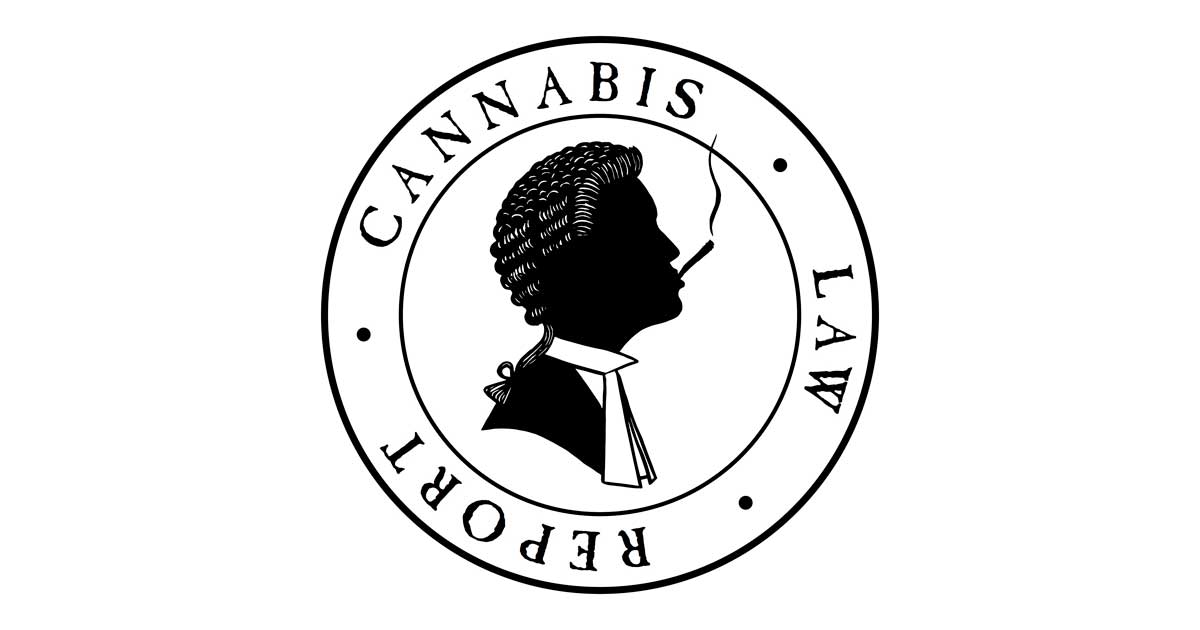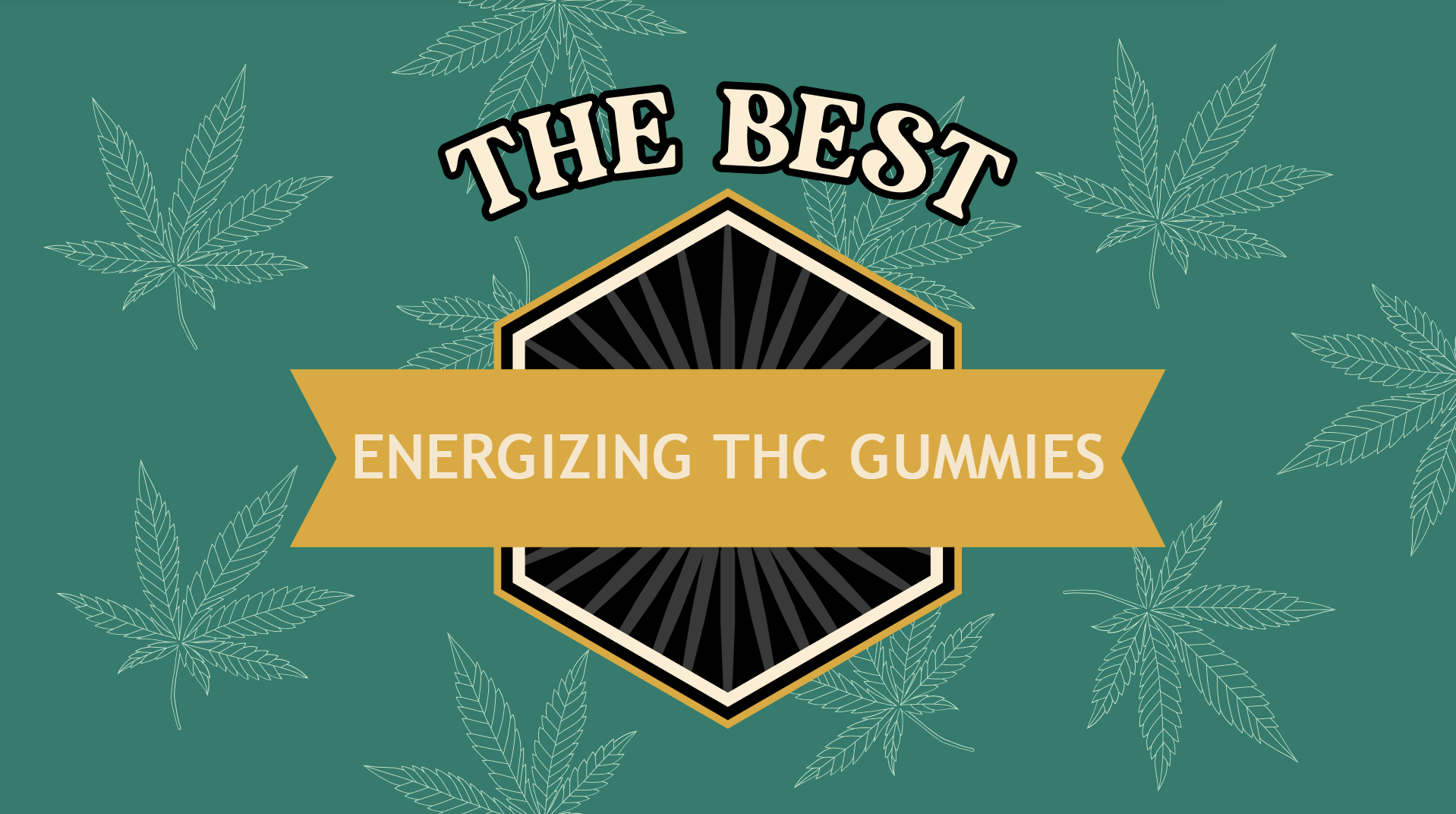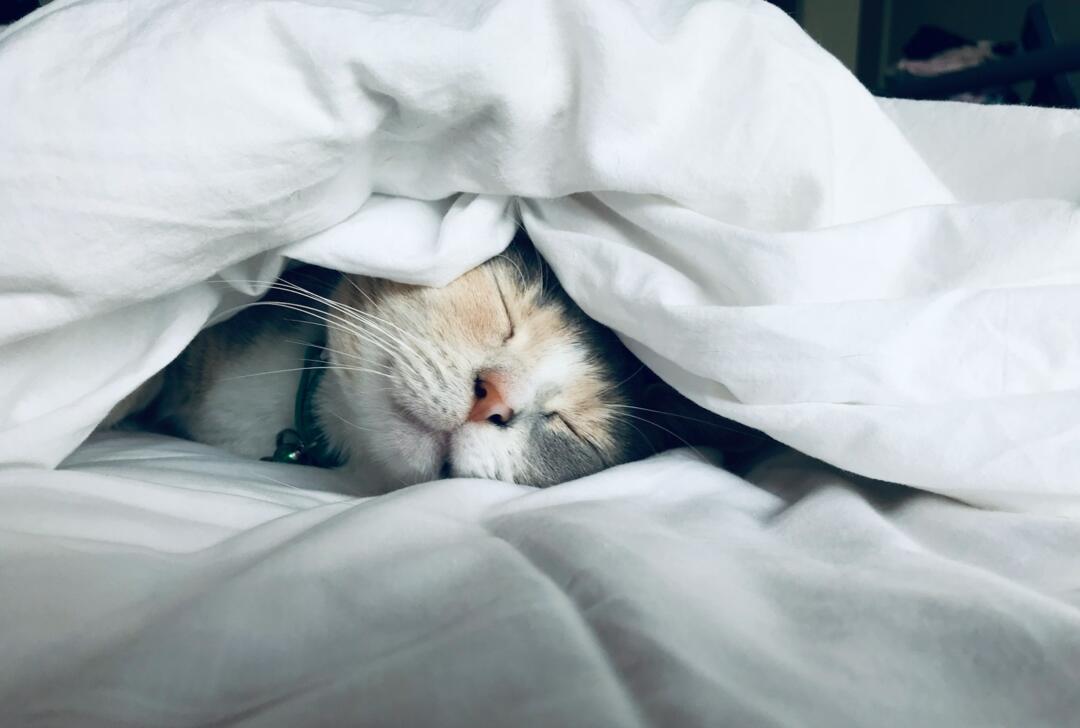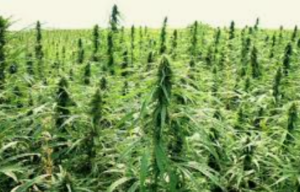These hemp THC gummies can help put some serious pep in your step. Recommendations on the best energizing THC gummies are made by Leafly’s Product Picks team after extensive research, internal debate, and expert consultation. If you buy through links on this page, we may earn a small commission.
For the side hustlers, the people heavy into their hobbies, the grinders obsessed with lifting, or who just caught the running bug—you’re gonna need some energy to tackle those goals.
While carbs and getting enough sleep are all well and good, it pays big to have some plant power handy when you need to jumpstart your day. Read on to find our picks for the best energizing THC gummies to give you a quick lift for your rise and grind.
A quick look at the best energizing THC gummies
Best overall: Wana Quick Lift Gummies $37.00
Best 1:1: Kanha FX Energy Citrus Splash Gummies $30.00
Best with THCV: Rare Cannabinoid Company THC+THCV Gummies $89.00
Best budget: five sativa surge delta-9 thc mood gummies $49.99
Best for exercise: Offfield High Performance Energy Gummies $45.00
Best THC potency: Summit Delta-9 Gummies $49.99
Best with caffeine: cbdMD THCV+CBG Softgels $64.99
Best with functional mushrooms: BATCH Energy Gummies $50.00
Best rapid onset: The Hemp Doctor Rapid Release Nano Gummies Energy Blend $49.95
Best live rosin: Hometown Hero Sativa Delta 9 Live Rosin Absolute Gummies $60.00
In this list, you’ll find a range of THC potencies from 2.5mg to 25mg per gummy, THC-free alternatives with non-intoxicating energizing effects, picks that include caffeine or functional mushrooms, and gummies that offer unique benefits like a rapid onset of effects or high amounts of rare cannabinoids like THCV. All of these picks are made with THC derived from federally legal hemp, making them available to shop online and be shipped to your door nationwide.
We looked for reputable brands with easily accessible lab reports, clear explanations of the ingredients included, and thoughtful blends that feature inclusions that lend themselves to energizing, uplifting effects.
THCV has been studied for its potential stimulating, appetite-suppressing effects, CBG for its positive effects on recovery, and CBC for its bliss-encouraging effects. Some blends include sativa terpenes, natural caffeine, or mushrooms to target energy, focus, and uplift.
Whether you’re looking for a strong THC buzz with functional, daytime effects or a light-THC, plant-derived pick-me-up, you’ll find it here with options in a range of prices and flavors to find your best fit.
The best energizing THC gummies of 2025: Reviews and recommended products
Best energizing gummies overall

$37.00
5mg THC | 5mg THCV | 5mg CBG
Lift your mood and lean into good times with Wana’s hemp-based Quick Lift gummies. These little bursts of clementine-flavored sunshine have a just-right ratio of 5mg THC, 5mg THCV, and 5mg CBG—enough THC for a mild buzz (your tolerance mileage may vary) combined with THCV and CBG to encourage stimulating, balanced effects.
20 pieces | Clementine Shine
Best 1:1 THC + THCV gummies

$30.00
10mg THC | 10mg THCV | 10mg Green Tea Extract
We love the 1:1 combo of 10mg THC and 10mg THCV in these zippy Citrus Splash gummies from Kahna. Everything inside this carefully crafted blend works towards an energetic high, from the high dose of THCV to the sativa terpenes to the 10mg of Green Tea extract included.
10 gummies | Citrus Splash
Best energizing gummies with THCV

$89.00
2.5mg THC | 12.5mg THCV | 10mg CBD
If you’re looking for a THCV-forward energizing gummy, Rare Cannabinoid Company makes one with the highest potency per piece we’ve been able to find. Just a kiss of hemp D-9 THC brings the bliss, with THCV encouraging uplifting, energizing, and appetite-suppressing effects.
30 gummies | Sweet Lemon
Best budget energizing gummies

$49.99
10mg THC | 10mg CBD | 2mg CBC
Designed for uplift and high-energy vibes, sativa surge gummies from five combine 10mg delta-9 THC, CBD, and CBC for a tailored upbeat effect. five’s surge gummies are a great value in price per milligram, but it’s their frequent discounts and subscription & bulk pricing that make them the best budget option on our list.
20 gummies | sour blue razz
Use code LEAFLY25 for 25% off your one-time purchase at checkout. Cannot be combined with any other offer. Excludes bundles and subscriptions.
Best THC gummies for exercise

$45.00
3mg THC | 10mg CBG | 40mg CBD | 10mg Yerba Mate
Offfield delivers a different kind of runner’s high with these gummies combining 3mg THC, 10mg CBG, 40mg CBD, and 10mg Yerba Mate caffeine, plus amino acids, carbohydrates, and electrolytes. Made to support the long run or heavy strength session, Offfield gummies also target faster recovery for holistic training support.
36 gummies | Watermelon Mint, Wild Berry, Sour Apple
Energizing gummies with the most THC

$49.99
15mg THC
If you’re looking for a traditional THC-forward edible with effects that lean creative & energizing, Summit’s 15mg Delta-9 Gummies are our go-to. With 15mg THC per piece, 20 gummies per pack, and an exclusive 20% discount for Leafly readers (LEAFLY20), you’ll get the most THC for your money with Summit.
20 gummies | Peach, Strawberry, Apple
Use code LEAFLY20 for 20% off at checkout.
Best with caffeine

$64.99
3mg THCV | 15mg CBG | 50mg caffeine
Okay, you caught us… these are technically softgels, not gummies. But we love the niche they fill for a non-intoxicating, flavorless, quick-swallow energy boost that utilizes a smart combo of hemp-derived cannabinoids, caffeine, and B12 to help keep you on track.
30 softgels | Flavorless
New customers get 25% off with code LEAFLY25.
Best with functional mushrooms

$50.00
100mg cordyceps | 50mg Green Tea Caffeine
If you’re looking for a clean energy alternative that leans on mushrooms instead of hemp THC for a focused, crash-free boost, Energy Gummies from BATCH are our pick for you. Cordyceps mushrooms, green tea caffeine, alpha-GPC, 5-HTP, and L-theanine work together to help you power through your day with clarity and calm.
30 gummies | Not listed
Use code LEAFLY for 20% off your order. Applies to both one-time purchases and subscriptions. One use per customer. No other restrictions.
Best rapid-onset energizing gummies

$49.95
15mg THC | 7.5mg THCV |7.5mg CBG
Rapid Release gummies from The Hemp Doctor provide one of our favorite cannabinoid-powered energy experiences, with a Goldilocks zone achieved from the heftier 15mg THC potency and balanced 7.5mg THCV and CBG. The kicker comes from the nano technology utilized to make cannabinoid absorption more efficient so effects come on in as little as 15 minutes.
20 gummies | Raspberry, Tropical Fruit, Watermelon
Best live rosin energizing THC gummies

$60.00
25mg THC | 5mg live rosin
Hometown Hero live rosin is pressed directly from hemp without solvents to capture the plant’s “living” profile, delivered in these gummies with 5mg live rosin for a faithful, sativa-driven experience. Combined with 25mg delta-9 THC, these hand-crafted gummies are perfect for a true-to-plant, invigorating high.
10 gummies | Natural
Why you can trust Leafly Product Picks
Leafly is the world’s leading cannabis discovery platform and provides a vast library of content from some of the most respected voices in cannabis. Leafly Product Picks prioritizes accuracy and integrity in our selections, working through mountains of research and testimonials to source products you can trust.

Anna Elliott: Senior Content Editor, Brands & Products
Anna Elliott is Leafly’s Senior Content Editor, Brands & Products. She’s been with Leafly since 2021, managing and editing brand-related content and bringing the best stories on the industry’s top products to life. With a decade of experience reviewing products, covering brands, and editing stories, Anna loves talking up the people & products that make a real difference in readers’ every day. She’s found that Space Mints makes the perfect pairing for enjoying her frankly irresponsible vinyl collection.
Final thoughts
That’s all from us! Feeling hyped? Pick any of the options on this list and you will be. Check back often as we surface new winners and post updated deals to get you the best available energizing gummies for the best prices. Go forth and crush those goals with a little plant-powered assist courtesy of these picks.
For business inquiries, please direct messages to affiliate@leafly.com.
Availability subject to law.





































